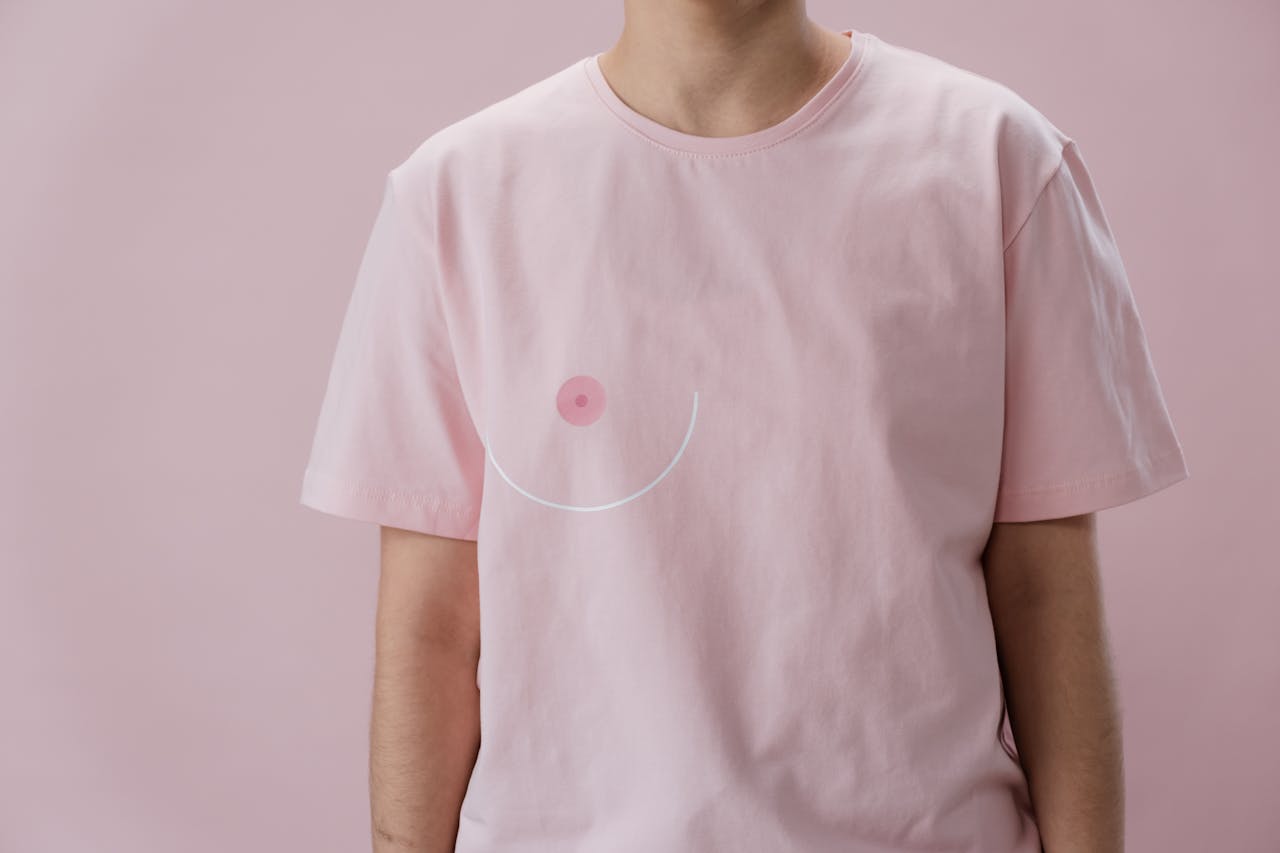Breast augmentation is one of the most requested aesthetic procedures in the UK, and innovations in surgical techniques continue to provide patients with safer, more comfortable, and faster recovery options. One of the latest advances is the Mia breast augmentation procedure, recently introduced at select UK clinics, including those led by renowned plastic surgeon Paul Banwell.
According to Paul, who was recently featured on my Instagram Live, he has performed six Mia procedures to date, and patients are intrigued by its minimally invasive approach and the promise of quicker recovery.
Disclaimer: This blog is for informational purposes only and does not replace consultation with a qualified medical practitioner. Individual results, recovery times, and risks vary. Always seek advice from a licensed professional before undergoing any cosmetic treatment.
What is the Mia Procedure?
The Mia breast augmentation is designed to be a minimally invasive technique for increasing breast volume, usually by one to two cup sizes. Unlike traditional breast surgery, which often requires cutting under the breast and manipulating the chest muscles, Mia uses a unique “injection” method to place implants safely behind the mammary gland.
Key Features of the Mia Procedure
Implant Type: Mia implants are made of silicone, with a smooth texture and a diamond-shaped design that provides high projection while maintaining a natural breast contour.
Incision Location: Only two 2.5cm incisions in the armpits are used, meaning no scars under the breasts.
Local Anaesthetic: The procedure is performed under local anaesthetic, allowing patients to remain awake, reducing anaesthesia-related risks.
Balloon Technique: A balloon is tunneled behind the mammary gland but over the pectoral muscle, inflated to create a pocket, and the implant is “injected” via a plastic tube.
One of the major advantages of Mia is that muscle fibres remain intact, which may be beneficial for those wishing to breastfeed in the future.

The Consultation: Seeing Results Before Surgery
Before any Mia procedure, patients undergo a thorough consultation. Paul Banwell uses Adoreal 3D imaging software, which allows patients to see a digital simulation of their proposed augmentation. This technology can help patients better understand how different implant sizes and projections may look on their body. Contact us to book your chaperone cosmetic appointment for expert advise and guidance.
Recovery: What to Expect
While some marketing suggests patients can resume most activities almost immediately, it’s important to set realistic expectations. Recovery experiences vary depending on the individual, but common post-procedure guidance includes:
Breast tenderness, bruising, and swelling for up to a week.
Sleeping slightly upright on your back during the first week.
Wearing a compression strap over the breasts for the first week, followed by a supportive sports bra for another 2 weeks.
Avoiding strenuous exercise, lifting heavy items, or performing high-intensity cardio for at least two weeks.
The procedure itself is relatively quick—about 15 minutes—but patients should expect a total appointment time of around 90 minutes including preparation and post-procedure checks.
Patients considering Mia may want to book a chaperone cosmetic appointment, especially for their first treatment, to provide support and ensure comfort during the consultation and procedure.
Safety and Longevity
Safety is paramount in cosmetic surgery, and Mia implants have been marketed as biocompatible with over 14 years of use in other countries. According to Marc Pacifico, former President of BAAPS, Mia does not raise specific safety concerns for the implants or the insertion technique, provided the procedure is performed by experienced, licensed surgeons.
It’s also crucial to note that breast implants are not lifetime devices. Most implants will need replacement after 10–15 years, depending on individual factors and lifestyle. Regular breast checks, mammograms, and ultrasound scans are recommended to ensure long-term safety and health.
Realistic Expectations
Mia breast augmentation offers a faster, minimally invasive option, but it’s important to approach it with realistic expectations:
Some patients may experience temporary discomfort and swelling.
Results vary depending on breast anatomy, tissue elasticity, and implant choice.
A single Mia procedure may not be suitable for all patients, particularly those seeking dramatic size changes.
A consultation with a trusted cosmetic practitioner referral, such as those facilitated by Olivia Falcon and Editors List, ensures patients receive professional guidance tailored to their goals and safety considerations.
The Advantages of Mia Compared to Traditional Breast Augmentation
Minimally invasive: Smaller incisions reduce scarring and may speed up healing.
Preservation of chest muscle: Less disruption of pectoral muscles, potentially preserving breastfeeding capability.
Short procedure time: Approximately 15 minutes for the implant insertion itself.
Reduced downtime: While some recovery is needed, many patients report resuming light daily activities sooner than with traditional surgery.
Advanced visualization: Adoreal 3D imaging provides a realistic preview of results.
Why Expert Guidance Matters
Choosing the right surgeon and clinic is critical for safety and results. Services such as our Confidential Beauty Concierge Service and Fast Track Cosmetic Treatments help patients navigate the process:
Scheduling consultations with experienced surgeons like Paul Banwell.
Arranging follow-up care and post-procedure support.
Providing guidance on realistic recovery timelines and potential risks.
Mia Procedure FAQs
Q: Can I breastfeed after Mia augmentation?
A: The Mia procedure preserves pectoral muscle fibres, which may support breastfeeding, but outcomes vary. Discuss your future breastfeeding plans with your surgeon.
Q: How long do results last?
A: Breast implants typically last 10–15 years, and patients may need replacement over time. Regular breast health checks are essential.
Q: Is there pain after the procedure?
A: Mild tenderness, swelling, and bruising are common for up to a week. A compression strap and supportive bra help minimize discomfort.
Q: Can I return to work immediately?
A: Light activities may resume soon after, but strenuous exercise and heavy lifting should be avoided for at least 2 weeks.
The Future of Minimally Invasive Breast Augmentation
The Mia procedure represents a new era of breast augmentation in the UK, blending innovation, patient comfort, and safety. As the technique becomes more widely available, patients can explore options that are tailored to their anatomy, lifestyle, and aesthetic goals.
Final Thoughts
Mia breast augmentation offers an exciting, minimally invasive option for patients seeking subtle enhancements with a potentially faster recovery. With proper guidance from trusted UK experts, such as Paul Banwell and through services like our Confidential Beauty Concierge Service, patients can approach the procedure confidently, understand realistic outcomes, and enjoy personalized support throughout their journey.
Reminder: Always consult a qualified medical professional before undergoing any cosmetic treatment. Individual results vary, and ongoing monitoring is essential for breast health.

